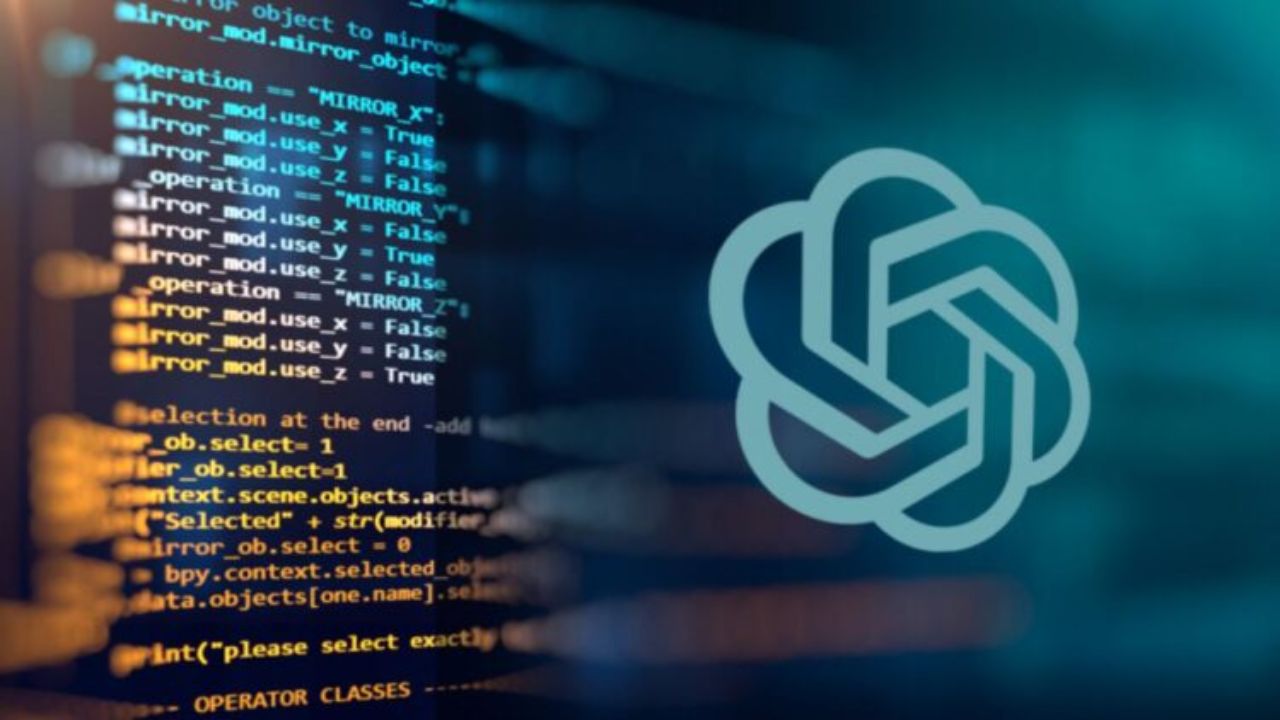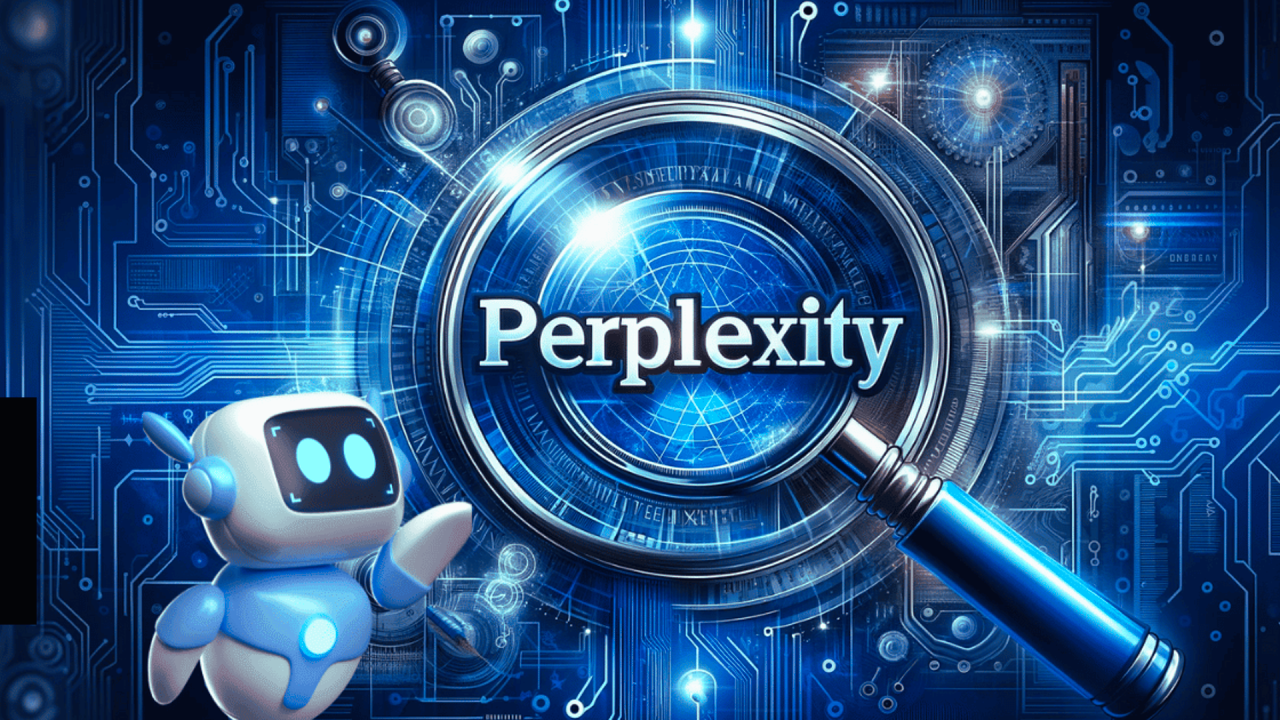In today’s fast-paced digital landscape, mastering ChatGPT tone modifiers is essential for businesses and professionals looking to craft tailored responses. With the rise of AI-driven conversations, the ability to fine-tune the tone of generated content has become a valuable asset. By utilizing tone modifiers effectively, you can shape AI responses to align perfectly with the intended audience and brand voice. In this guide, we will explore the power of tone control, how to use it effectively, and provide you with tips on leveraging tone modifiers to achieve your goals.
Understanding ChatGPT Tone Modifiers
ChatGPT tone modifiers refer to specific prompts or instructions that shape the style and tone of the response generated by the AI. Just like in traditional writing, the tone of the message plays a critical role in how information is conveyed and perceived by the audience. Whether the goal is to sound formal, conversational, authoritative, or humorous, tone modifiers allow you to guide the AI in generating content that fits the context of the conversation.
Types of Tone Modifiers
When interacting with ChatGPT, there are several common tone types you can leverage to refine your message:
- Formal – This tone is used in professional or official communications, where clarity and politeness are prioritized. Formal tone modifiers are suitable for business, academic, or legal contexts.
- Conversational – For more casual interactions, a conversational tone mimics everyday dialogue, making the content relatable and easier to digest.
- Authoritative – When establishing expertise or presenting facts, an authoritative tone helps convey confidence and reliability.
- Friendly – A warm and welcoming tone that fosters engagement and relatability, often used in customer service or personal communication.
- Humorous – Light-hearted and witty, a humorous tone can make the content entertaining while maintaining the delivery of the message.
- Persuasive – A tone that encourages action or belief, often used in marketing and sales copy.

How to Implement Tone Modifiers in ChatGPT
Using tone modifiers in ChatGPT is simple. When crafting your prompt, you can specify the desired tone directly. For example, if you want to create a formal email response, you might prompt ChatGPT with, “Write a formal email response thanking a client for their business.”
The use of clear, directive language helps ChatGPT understand the tone you wish to achieve, ensuring that the content generated matches the situation or audience needs.
The Importance of Tone in AI-Generated Content
Selecting the right tone is vital for ensuring that your AI-generated content resonates with the audience. Poor tone choices can lead to misunderstandings, disengagement, or even damage to your brand reputation. For instance, a formal tone is ideal for corporate settings, while a conversational tone might work better for social media interactions.
Building Brand Consistency with Tone Control
Consistency in tone helps build brand identity. By using tone modifiers, businesses can maintain a consistent voice across various communication channels. Whether you’re interacting with customers via email, chatbots, or social media, ensuring that the tone reflects your brand’s values is essential for maintaining a cohesive customer experience.
Moreover, using ChatGPT’s tone modifiers allows you to adapt to different scenarios while staying true to your brand’s essence. This flexibility helps businesses manage diverse communication needs without sacrificing the overall brand message.
Best Practices for Utilizing ChatGPT Tone Modifiers
While tone modifiers offer versatility, understanding how to use them effectively is key to achieving desired results. Below are some best practices for maximizing the impact of tone control in your AI outputs:
1. Know Your Audience
The first step in determining the appropriate tone is knowing who your audience is. Consider factors such as age, culture, and industry when selecting a tone. For example, a formal tone might suit a legal firm, whereas a friendly tone could be more appropriate for a startup targeting younger audiences.
2. Use Specific and Clear Prompts
Clarity is crucial when instructing ChatGPT. The more specific your prompt, the better ChatGPT can generate content that meets your expectations. If you need an authoritative tone for a research paper, clearly state your expectations, such as “Write an authoritative summary of recent studies in climate change.”
3. Adapt the Tone to the Context
Every conversation or interaction has a unique context, which should dictate the tone. A persuasive tone might be perfect for a sales pitch but inappropriate for a customer support response, where a calm and friendly tone is often more effective.
4. Experiment with Hybrid Tones
In some cases, combining different tones can yield better results. For instance, blending a professional yet conversational tone can make technical content more accessible to a broader audience. Experimenting with hybrid tones allows for a more nuanced approach, depending on the communication goals.
5. Adjust Tone Based on Feedback
Pay attention to how your audience responds to different tones. Feedback can provide valuable insights into whether your tone is resonating or needs adjusting. If users respond better to conversational tones in your email campaigns, it may be wise to incorporate more of that in future communications.
Examples of ChatGPT Tone Modifiers in Action
1. Formal Tone Example
“Dear Mr. Johnson,
We would like to express our sincere appreciation for your continued partnership. Your support plays a crucial role in the success of our operations. We look forward to strengthening our collaboration in the future. Please do not hesitate to reach out should you have any inquiries.”
2. Conversational Tone Example
“Hey there!
Thanks so much for sticking with us! We really appreciate your support, and we’re excited to keep working together. If you have any questions or need anything at all, just let us know. We’re always here to help!”
3. Authoritative Tone Example
“Recent studies conducted by leading environmental research institutions indicate that climate change continues to accelerate at an alarming rate. The data underscores the urgent need for international cooperation to combat its effects.”
4. Friendly Tone Example
“Hi!
We’re thrilled to have you onboard with us! We’re here to help you every step of the way, so if you have any questions, don’t hesitate to give us a shout!”
5. Persuasive Tone Example
“Imagine a future where your business reaches new heights, attracting customers like never before. Our marketing solutions are designed to make that a reality. Don’t wait – contact us today and start your journey to success!”
Conclusion
Mastering ChatGPT tone modifiers allows businesses and individuals to create customized, relevant, and impactful content. By understanding the nuances of different tones and how to apply them, you can craft AI-generated responses that resonate with your audience, strengthen your brand voice, and achieve communication goals with greater efficiency.



